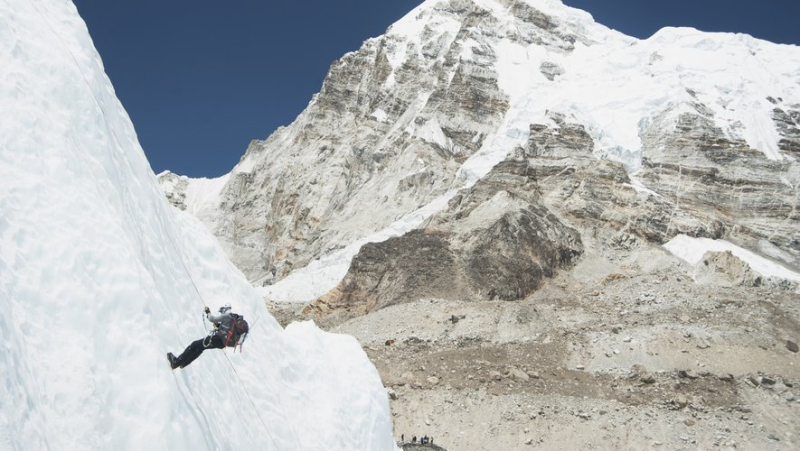Last seen near summit: Remains of climber who disappeared 100 years ago found on Everest

Andrew Irvine avait été vu pour la dernière fois à une centaine de mètres du sommet. ENVATO ELEMENT – Mint Images
Les restes d’un alpiniste britannique disparu il y a cent ans ont été retrouvés dans l’Everest ce vendredi 11 octobre 2024.
The remains of a man believed to be a British climber who disappeared 100 years ago while attempting to scale Mount Everest have been found on the slopes of the world's highest peak, National Geographic announced Friday.
If confirmed, the discovery of Andrew Irvine's body could further lift the veil that still shrouds one of the greatest mysteries in the history of modern mountaineering.
A shoe containing human remains found
Andrew Irvine and his compatriot George Mallory were last seen on June 8, 1924, a few hundred meters from the summit of Everest, before disappearing.
The body of the second was found in 1999 at an altitude of more than 8,300 meters by an American expedition.
Last month, a new team funded by the American magazine National Geographic found a shoe containing the remains of a human foot under the north face of Everest, caught in the central glacier of Rongbuk.
At Inside, team members found a red sock with a label sewn into it that read “A.C. IRVINE”, the magazine reported.
Family members of the British climber have offered to share DNA samples to confirm the identity of the remains found on Everest.
Everest truly defeated in 1924?
The “roof of the world” (8,848 m) was first officially conquered on 29 May 1953 by New Zealander Sir Edmund Hillary and Nepalese Sherpa Tensing Norkay.
But part of the mountain community remains convinced that they were beaten to the summit in 1924 by George Mallory, one of the most famous climbers of the interwar period, and Andrew Irvine, who died on the way down from the summit.
According to them, the two men were equipped with one or more cameras that could contain evidence of their exploit.
As early as 1933, an expedition had found an oxygen mask and an ice pick belonging to Andrew Irvine. But the search for a camera that belonged to the team was never successful.
Photographer and filmmaker Jimmy Chin, a member of the National Geographic team that found Andrew Irvine's boot, hoped it would help “narrow the search area”.
More than 300 dead
Since the first expeditions in the 1920s, more than 300 climbers have died trying to climb Everest.
The global warming affecting the Himalayan chain reveals each year to the climbers who succeed one another on the slopes of Everest their bodies until then imprisoned in the ice.
Some are saddled with nicknames such as “Green Shoes” or “Sleeping Beauty” and their colorful equipment now serves as a landmark in the ascent.




